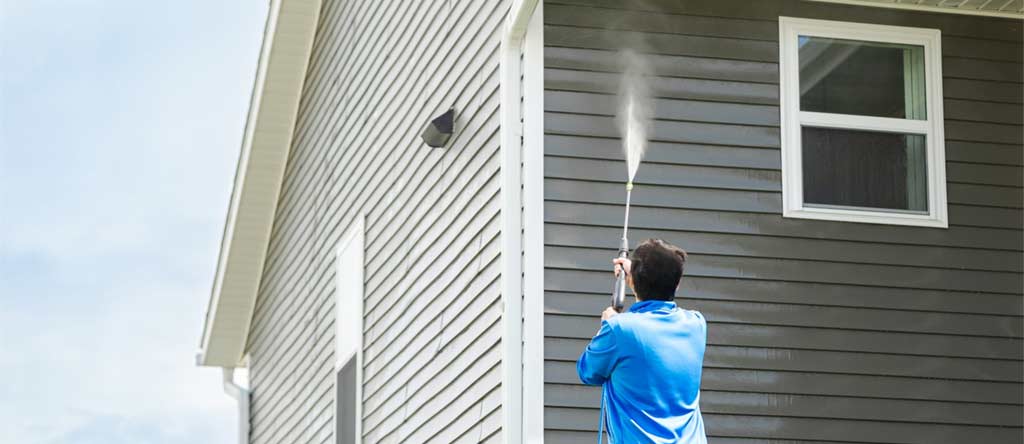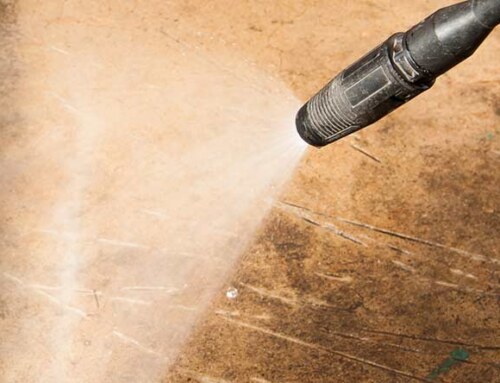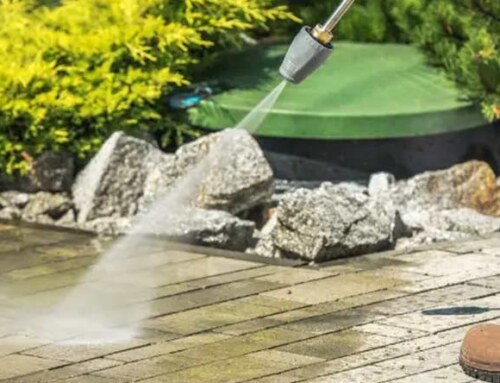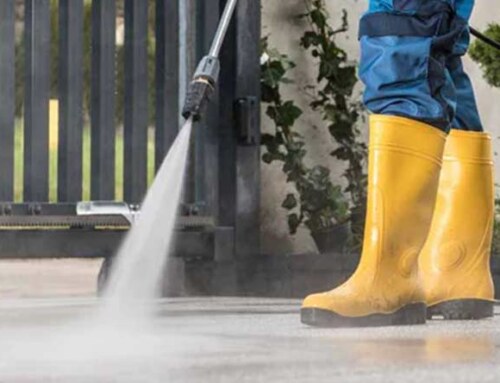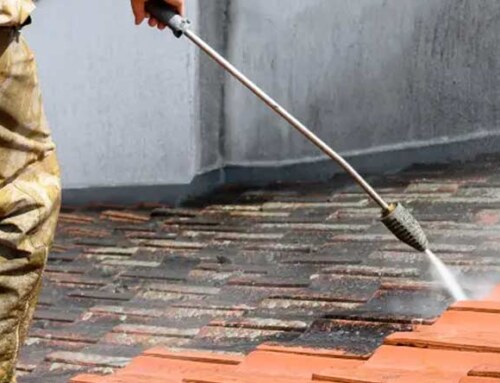When stubborn oil stains appear on your driveway or garage floor, pressure washing might be the solution you’re looking for. With its high-powered water jets and strong cleaning power, pressure washing can easily remove oil stains from most surfaces, making it the powerhouse of heavy-duty cleaning.
But what is pressure washing? Using a high-pressure water spray, pressure washing can eliminate dirt, grime, mold, algae, and, yes, even oil stains. But how effective is it in getting rid of those pesky oil stains?
Oil stains primarily originate from vehicles, mechanical equipment, or accidental spills. They can be particularly stubborn because oil is hydrophobic, repelling water and able to penetrate porous surfaces like concrete deeply. The longer the oil sits, the harder it becomes to remove. This makes a comprehensive cleaning method worth considering, such as pressure washing.
How Pressure Washing Works on Oil Stains
Pressure washing operates by applying high-pressure water to the stained surface, breaking up the oil particles, and flushing them away. However, the success rate can depend on several factors:
- Type of Surface: Smooth surfaces like glazed tiles may be easier to clean than porous ones like concrete.
- Type of Oil: Light oils might come off more easily than heavy, greasy oils.
- Duration: Stains that have been left untreated for a long period may have penetrated deeply, necessitating additional steps or treatments.
Preparation is vital when you’re gearing up for pressure washing oil stains. Ensure you’re adequately equipped and follow safety measures for optimal results.
| Equipment | Purpose |
| Pressure Washer | The primary tool for applying high-pressure water to the surface |
| Degreaser or Cleaning Agent | Helps break down oil particles for easier removal |
| Scrub brush | For manual pre-treatment of stubborn stains |
| Safety Gear (gloves, goggles) | Protect yourself during the cleaning process |
| Absorbent Materials | To soak up any residual oil before washing |
| Sealant (optional) | To protect the cleaned area from future stains |
Now, it’s time to move on to the pre-treatment steps
- Absorb Remaining Oil: Use absorbent materials like cat litter or sawdust to soak up as much oil as possible before you start pressure washing.
- Apply a Degreaser: Spray a generous amount of degreaser on the stain and let it sit for 15-30 minutes. This will help to break down the oil.
- Manual Scrubbing: Use a scrub brush to work the degreaser into the stain, loosening it further.
Pressure washers have multiple nozzle options, each designed for a specific task. You’ll typically use a nozzle with a focused spray pattern for oil stains. Here’s a quick guide:
| Nozzle Color/Angle | Description | Use Case |
| Red (0 degrees) | Highly concentrated, powerful | Very stubborn stains; be cautious, as this can erode surfaces easily |
| Yellow (15 degrees) | Less concentrated, still powerful | Moderate to stubborn stains; more surface-friendly. |
| Green (25 degrees) | General cleaning | Light oil stains and broader cleaning tasks. |
| White (40 degrees) | Gentle | Sensitive surfaces are not generally used for oil stains. |
To get the best results:
- Maintain Distance: Start by holding the nozzle about 1-2 feet away from the surface. Move closer only if necessary.
- Consistent Movement: Avoid focusing on one spot for too long, as this can damage the surface.
- Directional Spray: Move the nozzle in a consistent direction to and fro, ensuring you cover the entire stain uniformly.
Once you’ve pressure washed the oil stain, it’s crucial to take extra steps to ensure a thorough cleanup.
- Rinse Thoroughly: Ensure no degreaser or oil residue remains on the surface.
- Dry Completely: Allow the surface to completely dry before considering any additional treatments or usage.
- Use a Sealant: Applying a sealant for concrete or stone surfaces can prevent future stains and make the surface easier to clean.
Here are some really nice tips to help you get started.
- Eco-friendly Options: Consider using environmentally friendly degreasers to minimize any potential harm to surrounding vegetation or groundwater.
- Regular Maintenance: Regularly cleaning your driveways or garages can prevent oil stains from becoming deeply embedded, making future cleanings easier.
- Professional Help: If a stain proves too stubborn, it might be worth consulting a professional cleaner who specializes in pressure washing.
You should also avoid these common mistakes.
- Using the Wrong Nozzle: As mentioned earlier, using an inappropriate nozzle can either be ineffective or cause damage.
- Insufficient Pre-treatment: Skipping the degreasing step often results in incomplete stain removal.
- Excessive Pressure: High pressure can erode softer materials or create surface damage, leading to costly repairs.
With over 10 years of experience, Klein Pressure Washing is the professional help you need when you want to remove stubborn oil stains from your surfaces!
Comparing Pressure Washing to Other Methods
Let’s briefly compare pressure washing to other common oil stain removal methods to see how it stacks up.
| Method | Pros | Cons |
| Pressure Washing | Efficient, Time-saving, Deep Cleaning | Requires Equipment, Careful Use Needed |
| Chemical Cleaners | Effective for small localized stains | Potentially harmful, Time-consuming |
| Absorbent Materials | Simple, Low-cost | Mostly effective in fresh, small stains |
| Scrubbing with Detergent | Inexpensive, Mild on surfaces | Labor-intensive, Less Effective on Old Stains |
Pressure washing can effectively remove oil stains, provided you follow the correct procedures and preparations. It’s not only about having the best pressure washer; it’s also about knowing how to use it. So, if learning all these methods and techniques is overwhelming, contact us, and we can do all the hard work for you.
